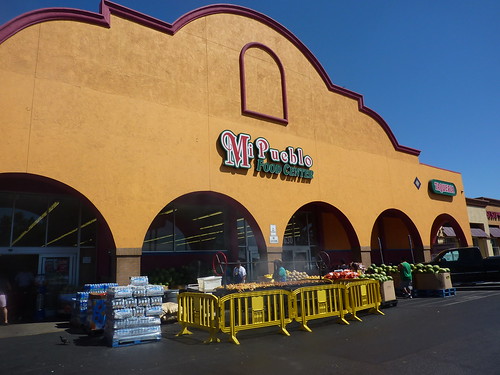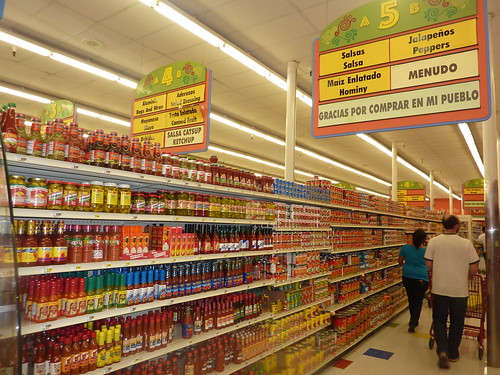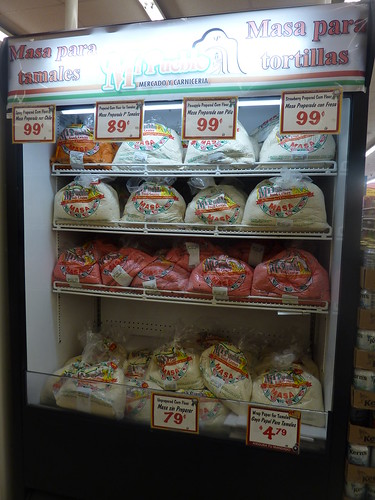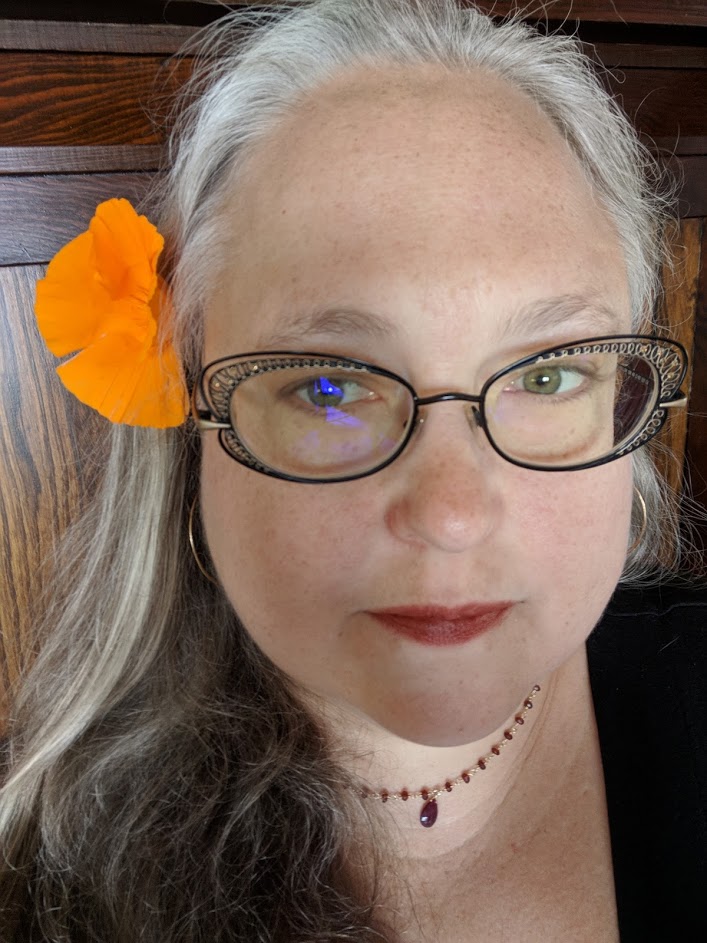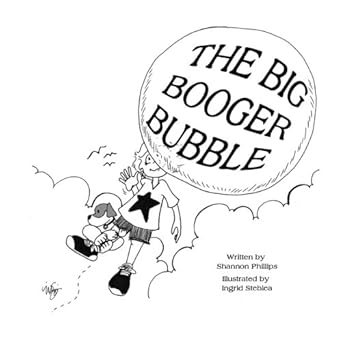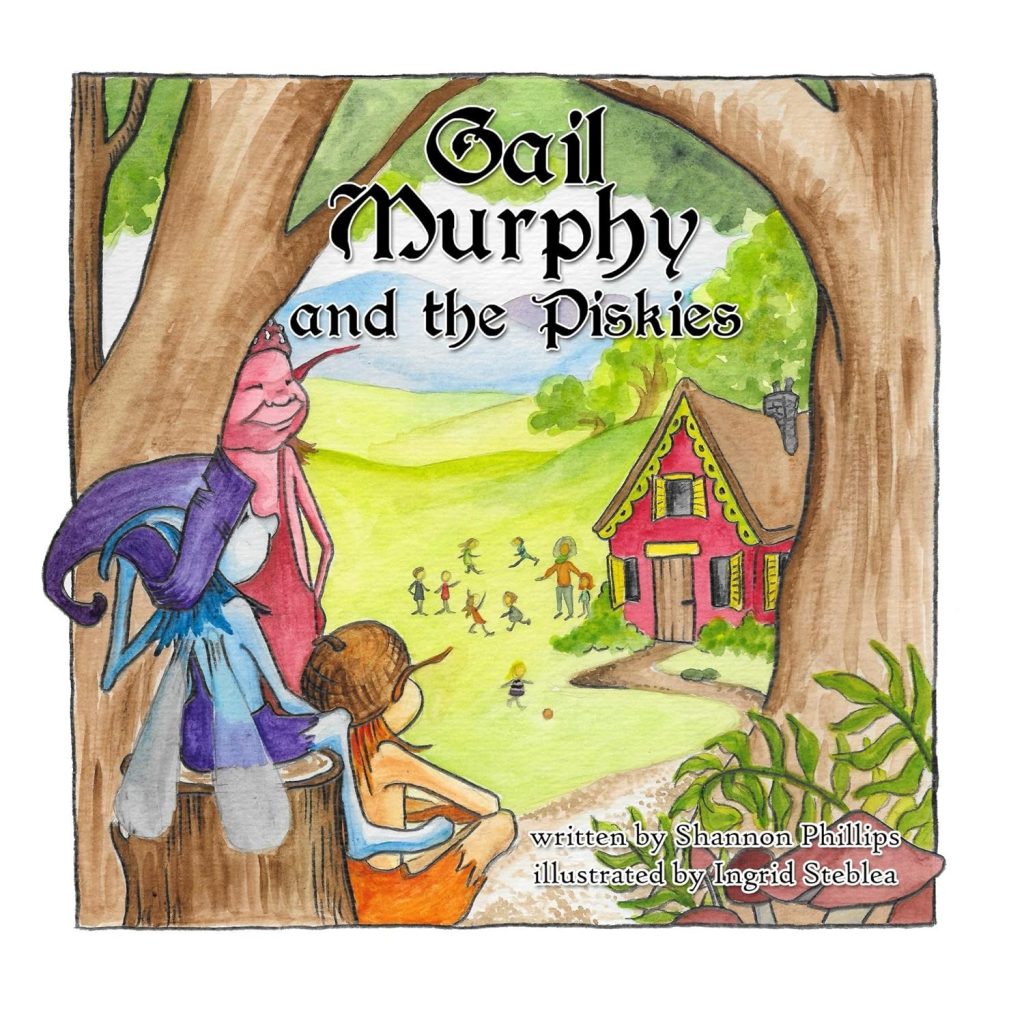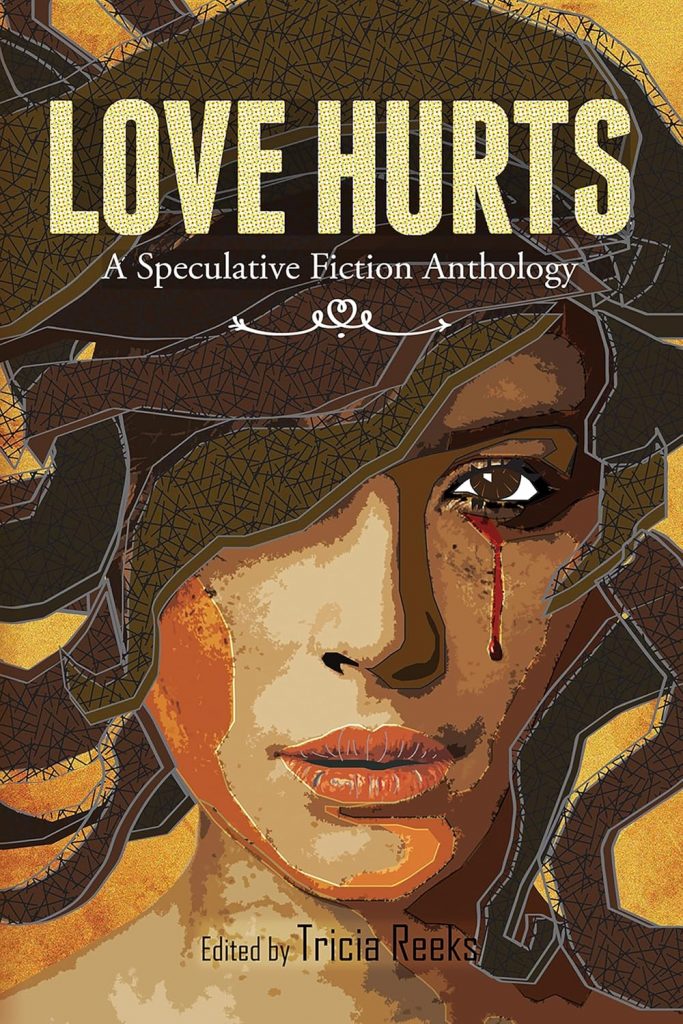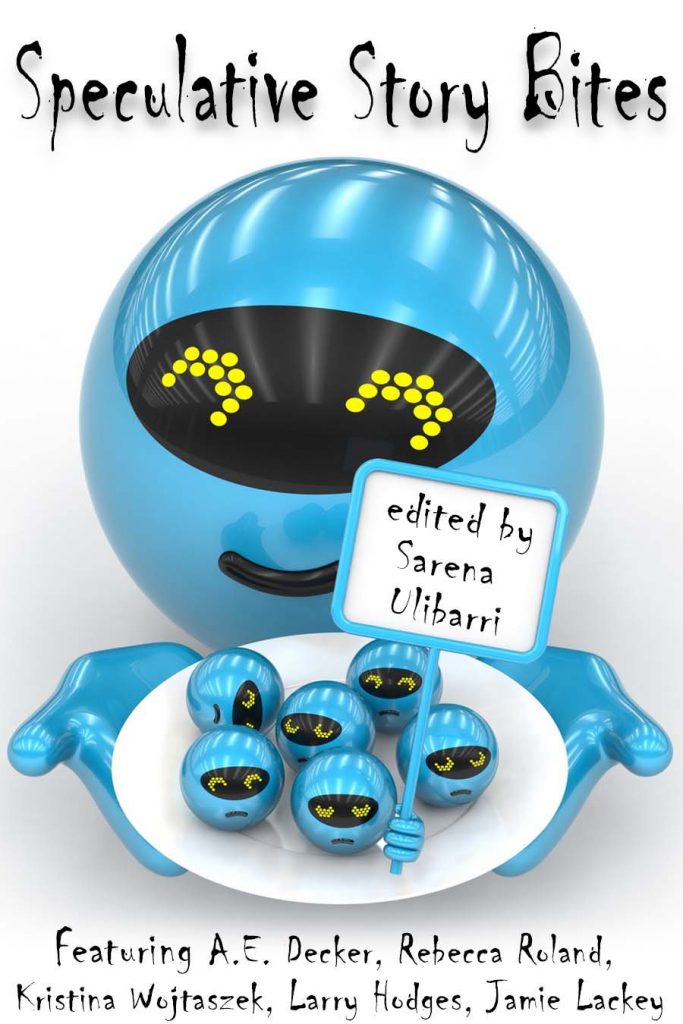Fewer Churches! More Bars!
I think I’ve mentioned before that we’re in a so-called transitional neighborhood—to the north and west of us it’s really nice, but to the south and east it gets pretty dodgy. So I’ve spent some time trying to analyze what sets the nice neighborhoods apart from the sketchy ones. Part of it’s obvious—in the good areas, people keep their houses in good shape and they take pride in their gardens and lawns, while in the bad areas there’s graffiti, and trash in the lawns, and boarded-up windows, or windows that have bedsheets hanging over them instead of curtains. Some of it’s a little less obvious and I can’t tell whether it’s cause or effect: the nice neighborhoods have a lot of “greenscaping,” big trees shading the streets and planted medians and so forth, while the bad neighborhoods are all concrete.
And some of it’s really counter-intuitive. So, part of the obvious problem is that in the really bad areas there’s no shops aside from liquor stores. In the good neighborhoods there are commercial districts: the one closest to us is the Laurel district, where we go to have brunch on Sundays or take Robin to his toddler dance class (which I really need to describe in another post). The Laurel has lots of restaurants: Italian and Thai and Chinese, a burger joint and a diner and a couple of fast food outlets. It has clothing stores and a toy store and a barbershop and a laundromat and a great little independent bookstore. It has the Kids ‘N Dance studio, and a gym, and two grocery stores, and a bunch of other stuff. The farmer’s market where we pick up our veggie box is there. In short, we go there all the time, and we wouldn’t have bought this house if it wasn’t convenient to the Laurel district or something like it. In and around the other shops, there’s a couple of bars, which is so completely normal that I wouldn’t have mentioned it, except:
There are other commercial districts to the south and east, but they’re abandoned and derelict. Drive around in that direction and you find no restaurants, no grocery stores or produce stands, no clothing shops, no bars or lounges or nightlife of any kind—nothing but liquor stores. Frequently there are knots of young men standing around outside the liquor stores, drinking.
The only thing you’ll find open in these neighborhoods, other than the liquor stores, are the churches. There are a ton of churches. Churches in the old single-screen theaters, churches in what used to be a boutique or a tailor’s shop, churches hastily built up on the lots left when other buildings are knocked down. We’re talking like five churches in a block. There are really a lot of churches, so many that Sam thinks some of them must be fronts for something else. I just think the churches flourish in areas where the people have given up. I was talking this over with my dad and he had a great quote which I cannot remember exactly, but it was something about looking heavenward when all hope of material recourse is gone.
In conclusion, bars are a sign of a healthy neighborhood. You want bars. You want places where people can go to have a drink and be social in the evenings, as opposed to drinking out of brown paper bags in the liquor store parking lot. You want venues for nightlife. And you don’t want churches, or at least, not too many of them. The people should not be living on prayer. So when I think about what east Oakland needs, that’s where I start—fewer churches, and more bars.

